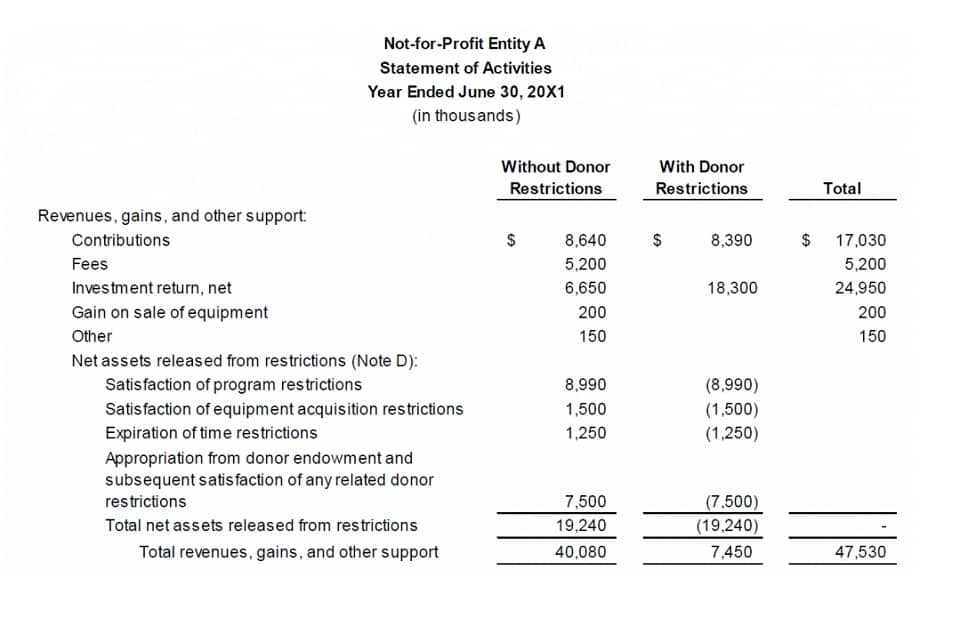
Top marginal rates range from Arizona’s 2.5 percent to California’s 13.3 percent. In addition, a federal foreign tax credit is allowed for foreign income taxes paid. This credit is limited to the portion of federal income tax arising due to foreign source income. Business entities treated as partnerships are not subject to income tax at the entity level. Instead, their members include their share of income, deductions, and credits in computing their own tax.[57] The character of the partner’s share of income (such as capital gains) is determined at the partnership level.
rates for states with flat income tax systems
Making sense of the tax landscape means comparing more than just one type of tax rate. From income to property to sales taxes — and all the other taxes in between — each state crafts a unique tax profile that can affect your wallet in different ways. To help you get a clearer view of where each state stands, we’ve compiled a chart using information provided by the Tax Foundation that breaks down several key tax rates across all 50 states. 754, enacted in May 2023, reduced the top individual income tax rate from 6.64 percent in 2023 to 5.84 percent in 2024 and outlined the gradual reduction of the state’s top rate to 3.99 percent by 2027.
Gross income

Most states, and a number of municipal authorities, impose income taxes on individuals working or residing within their jurisdictions. Most of the 50 states impose some personal income tax, with the exception of Alaska, Florida, Nevada, South Dakota, Texas, Washington, and Wyoming, which have no state income tax. New Hampshire and Tennessee (until 1 January 2021) tax only dividend and interest income. The argument for graduated tax rates is that they’re tied to your income so those who earn more pay more. A flat tax, on the other hand, can have a disproportionate impact on low-income taxpayers. In 2023, some states might increase or decrease their tax rates, adjust the income brackets, or change tax credits and deductions.
Tax returns
- Various proposals have been put forth for tax simplification in Congress including the Fair Tax Act and various Flat tax plans.
- For tax year 2023, the 28% tax rate applies to taxpayers with taxable incomes above USD 220,700 (USD 110,350 for married individuals filing separately).
- 531, enacted in April 2022, Mississippi will continue reducing its flat individual income tax rate from 2024 to 2026.
- Tax exempt entity returns are due four and one half months following the entity’s year end.
- Changes to returns are subject to appeal by the taxpayer, including going to court.
- Taxpayers have rights to appeal any change to tax, and these rights vary by jurisdiction.
A much more sophisticated measure of a state’s tax burden is to look at how much a typical taxpayer actually pays. The following chart measures the state and local tax burden for a household earning state income tax rates the median income in the United States. But the above chart provides a rather crude measurement of comparative state and local tax burdens because everybody is lumped together regardless of income.
And, of course, there’s lots of variation from one state to the next — but these top rates don’t necessarily tell the whole story. Also, even though you’re handing over part of your paycheck to the state where you live, you may be able to deduct at least some of those taxes on your federal return. “Progressive tax systems are more common and apply a higher tax rate to higher earners,” says Tyler Davis, https://www.bookstime.com/ a CPA with Simplify LLC, which provides free resources for small business owners. Considering the full picture of taxes, from income to sales to property, provides the clearest view of how your state of residence affects your financial wellbeing. New Hampshire continues to phase out its interest and dividends tax. Starting in 2025, the tax will be repealed, two years earlier than initially planned.
When you file your tax returns, your accountant or the software you use can help identify all the different returns you need to submit based on where you live and work. But it’s best to know your obligations before filing time, so check with your state and local governments ASAP to find out what’s expected of you. New Hampshire has the second-lowest income tax burden nationwide, with the average resident in 2020 paying 0.1% of their income, or $90, in state income taxes.
Some states have a flat tax rate, which means everyone pays the same percentage of their income in taxes, no matter how much they earn. Other states have a progressive tax rate, meaning that people who earn more pay a higher percentage of their income in taxes. State income taxes are collected from residents’ income each year. These taxes are separate from federal income taxes, which the federal government collects. The money collected from state income taxes is generally used to fund various state services and programs, such as education, infrastructure, public safety, and healthcare.

Historical State Individual Income Tax Rates and Brackets, 2015-2023
You can stay updated with the latest changes by consulting your state’s Department of Revenue—or equivalent tax authority—for the latest information. Typically, state income tax returns are due at the same time as your federal tax return — April 15th. However, some states may have different deadlines, and it’s worth checking the specifics for where you live, especially in years where the date might be pushed due to holidays or weekends. To learn more about how your state income tax rates work, visit the website of your state’s taxation and revenue department or the Federation of Tax Administrators.
